The Thai people's story of "overcoming the crisis" has become a mirror for a billion-dollar industry in Vietnam that is struggling to find a path to sustainable development.
Lessons from synchronization
Thailand was the first country to be found to have yellow O residue, causing China to tighten inspections of all durian imported into the country since the beginning of the year. However, just a few months later, Thailand became the first country to gain the privilege of "green channel" - a priority export corridor to the Chinese market.
Bangkok Post reported that Ms. Narumon Pinyosinwat - Thai Agriculture Minister - said that the General Administration of Customs of China (GACC) has agreed to open a "green channel" for Thai durian.
Accordingly, customs checkpoints operate 24/7 to facilitate the import of durian from Thailand. Chinese authorities have also increased the number of laboratories to expand the scale of testing Thai durian.
Currently, the Thai Ministry of Commerce is negotiating with the Chinese government to further simplify export procedures, relax inspection measures and speed up customs clearance.
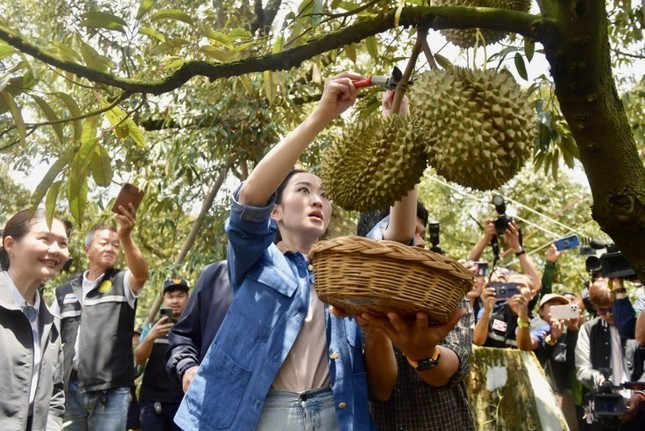
Mr. Dang Phuc Nguyen - General Secretary of the Vietnam Fruit and Vegetable Association (VINAFRUIT) - said: The durian industry needs to look at how Thailand got out of the crisis to learn lessons. Currently, every day, Thailand has about 500 containers of durian - equivalent to 10,000 tons - cleared through Chinese border gates. Of these, only a few containers are returned due to chemical residue. The extremely low violation rate has become a convincing basis for the Thai government to negotiate with GACC to gain priority.
The coordination in quality management of Thai durian is evident through two levels of inspection. First is the system of more than 300 “brokers” - essentially local inspection departments that perform early inspections at the orchards. If the requirements at the “brokers” are met, the durians are allowed to be transferred to the packing facility. Here, once again, the goods must undergo post-inspection by units recognized by GACC, before being loaded onto trucks to the border.
"Quality control does not stop at the final stage but goes back to the production site. This is something that Vietnam has not been able to do. While Thai products are traced back to the garden, in Vietnam durian is often collected from many different gardens and then brought to the packaging facility. If violations are detected, no one knows where the error originated. It is this lack of transparency that has caused China to not reduce the frequency of inspections for Vietnamese durian shipments," Mr. Nguyen emphasized.
Why Vietnamese durian still can't weather the storm?
While Thailand enters the harvest season with a smooth “green channel”, Vietnamese durian is still stuck. Up to now, the amount of durian exported to China has only reached 10-20% compared to the same period last year. That means only about 200-300 containers per day are cleared through customs, half of Thailand.
As of April 20, Thailand had exported durian to China worth 287 million USD. Meanwhile, Vietnam had only earned about 98 million USD after the first three months of the year.

Mr. Nguyen Van Muoi - Deputy General Secretary of VINAFRUIT - shared: "I feel very worried when my billion-dollar industry has not made any progress after nearly half a year. Many stages in the value chain are still strangely indifferent."
This indifference is evident in the fact that many gardeners do not know the quality of the durian they produce. They do not know whether the product contains heavy metal residues or not, and do not even care whether the pesticides they use are safe or not.
A sample to determine heavy metal residue only costs about 150,000 VND - a very small amount compared to the value of each durian shipment, but few gardeners voluntarily do it.
“We are doing a billion-dollar economy but lack initiative at the grassroots level. Gardeners must conduct their own testing to have a basis for price negotiation, and at the same time control input quality. We cannot rely on traders or businesses forever,” Mr. Muoi emphasized.
In fact, Vietnam has taken certain steps to improve the export process. However, most facilities can only trace back to the packaging site, not the orchard. When re-inspected by China, many shipments were “caught with errors” without determining who was responsible. That is the fatal weakness of the Vietnamese durian industry today.
Mr. Muoi affirmed that only the joint efforts of all stages in the value chain - from production, testing, packaging to policy negotiations - can create a sustainable industry.
According to Thanh Huyen (TPO)
Source: https://baogialai.com.vn/sau-rieng-thai-di-luong-xanh-vao-thang-trung-quoc-vi-sao-vua-trai-cay-viet-van-mai-loay-hoay-post323675.html


![[Photo] Ho Chi Minh City holds funeral for former President Tran Duc Luong](https://vphoto.vietnam.vn/thumb/1200x675/vietnam/resource/IMAGE/2025/5/24/9c1858ebd3d04170b6cef2e6bcb2019e)
![[Photo] The Government Standing Committee works with ministries and branches on the real estate market situation.](https://vphoto.vietnam.vn/thumb/1200x675/vietnam/resource/IMAGE/2025/5/24/e9b5bc2313d14c9499b8c9b83226adba)




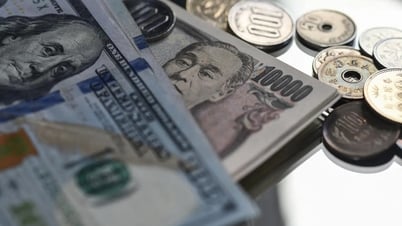

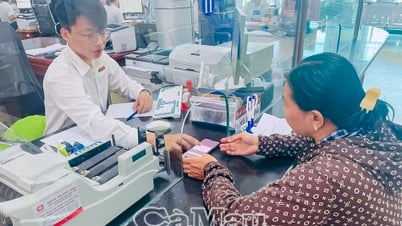

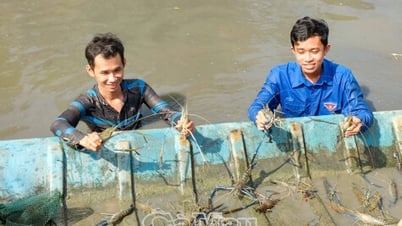
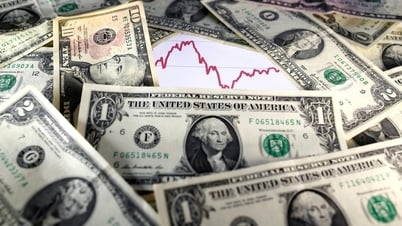
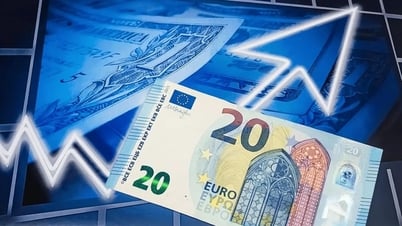






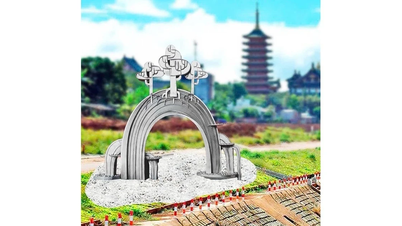
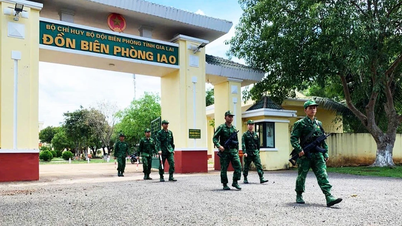
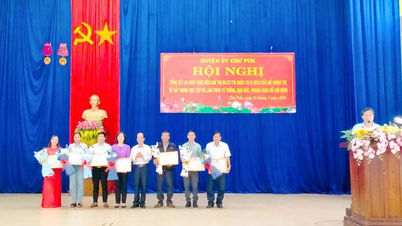

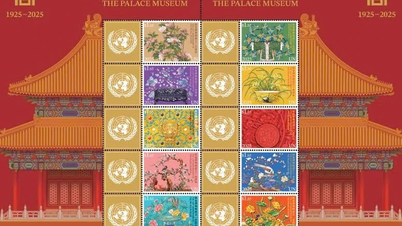



![[Photo] Party and State leaders visit former President Tran Duc Luong](https://vphoto.vietnam.vn/thumb/1200x675/vietnam/resource/IMAGE/2025/5/24/960db9b19102400e8df68d5a6caadcf6)

































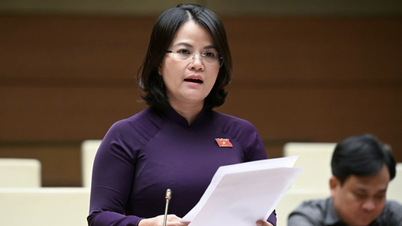
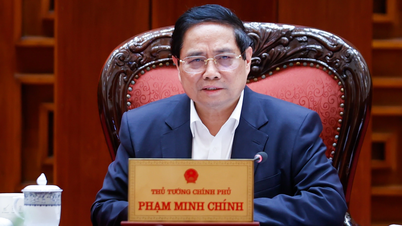










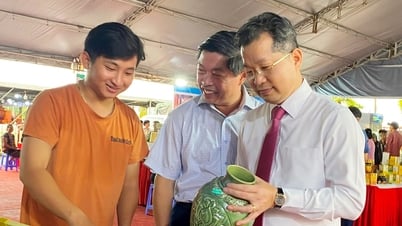



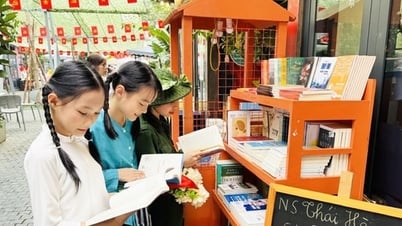
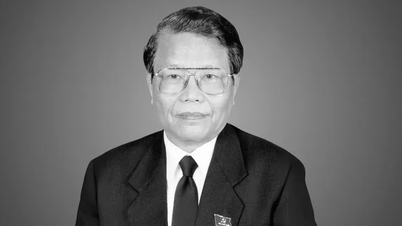

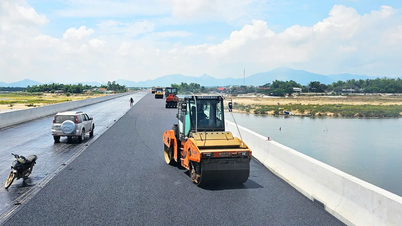











Comment (0)